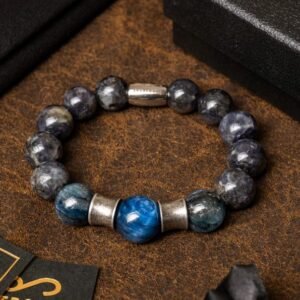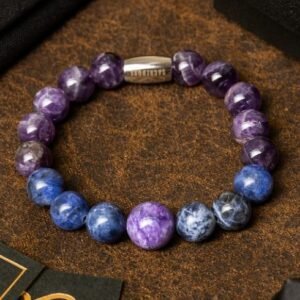
Menu
Play Video

Genuine Gemstones & Crystals
We only use natural high-quality gemstones and crystals in all our products. Quality is assured.
I never thought I would ever wear a bracelet again but when I came across Sacredore, they had just the one that I was looking for. It was sturdy but also elegant-looking and went with any outfit that I wanted.
Serena LyonUSA 
I'm a jewelry expert and I know my stuff when it comes to crystals. That's why it was really easy for me to spot Sacredore's quality the moment I saw their products. The bracelets are very well polished and the gems are genuine, which is important since there are so many synthetics out there.
Kirstie WoodUSA 
Have been collecting crystals for over a decade, this is one of the best quality. The crystals in this bracelet are of Triple-A Grade, so thankful that you guys made this affordable.
Silvia WilsonAustralia 
I didn't realize that most of the crystals I've bought on the Internet were imitations (painted stones) until I decided to try out Sacredore's. Their Kyanite has chatoyancy to it, it is all natural and beautiful. The golden rutilated quartz looks like it has real gold needles in it.
MariamSingapore
I love golden rutilated quartz, bought a ton of them from different sellers but really nothing came close to the quality of Sacredore's. The clarity is superb, high grade, high quality.
LindaMalaysia
Previous
Next
Menu
Sacredore Crystals 2019-2022



